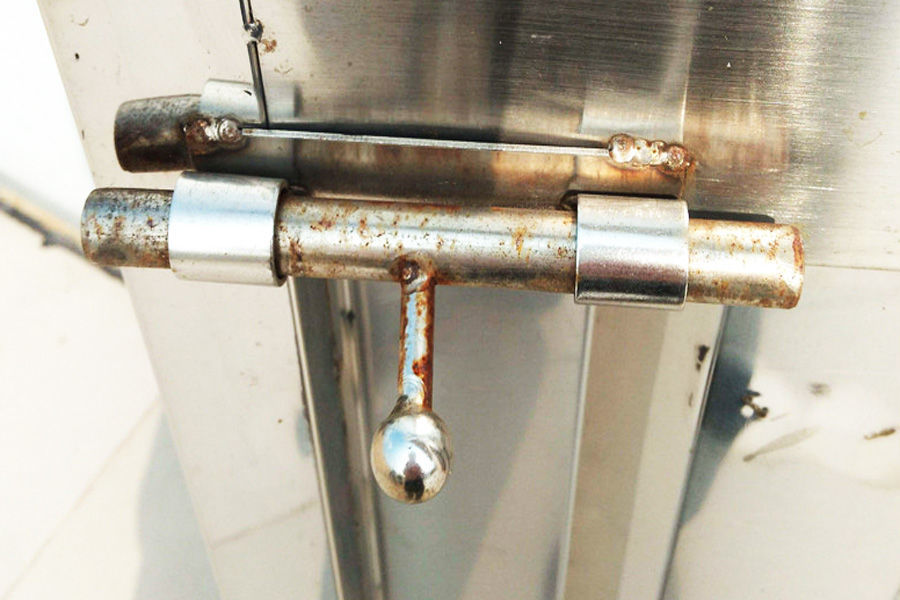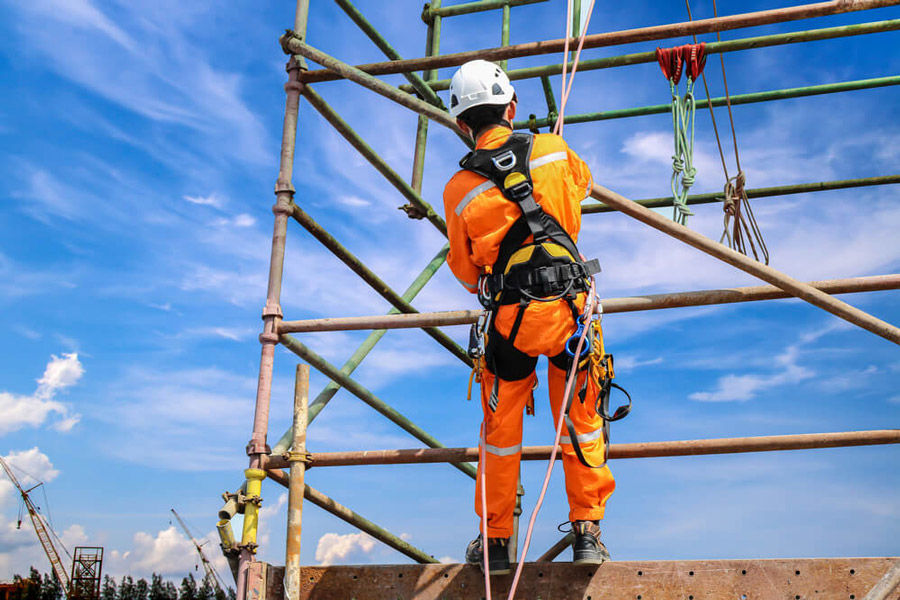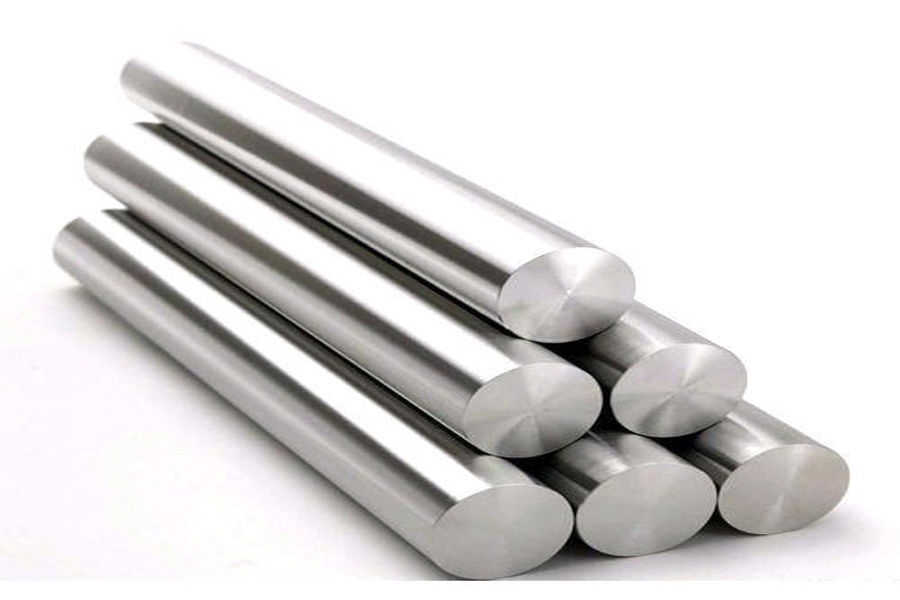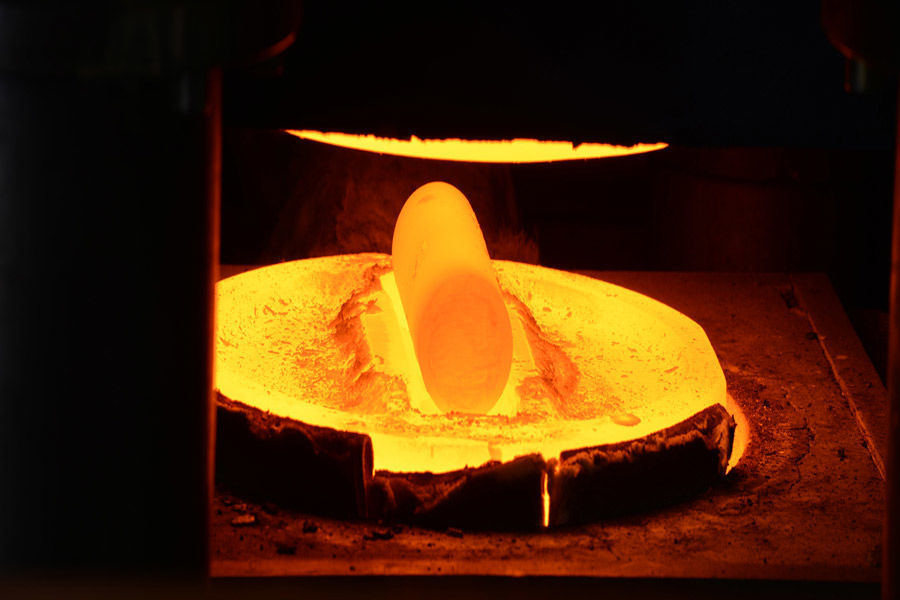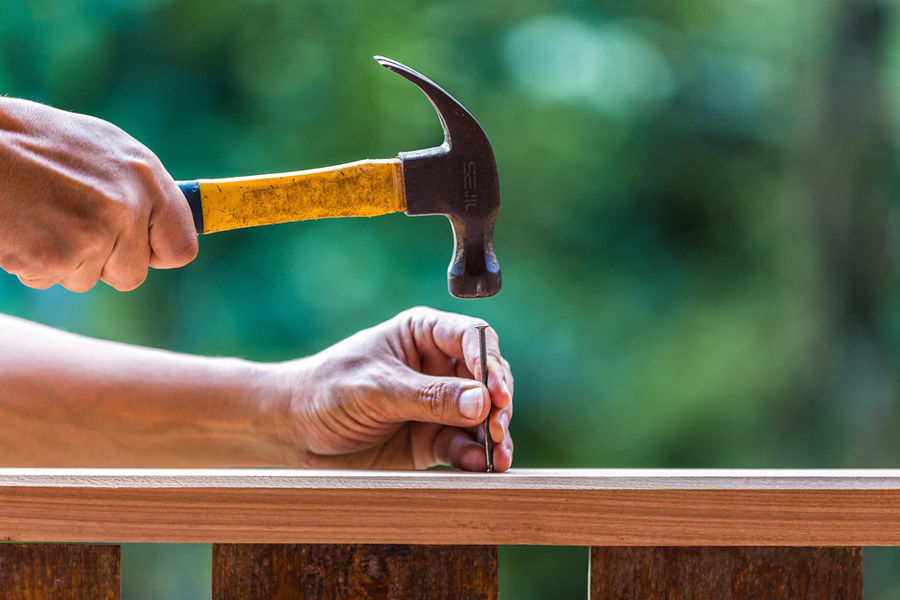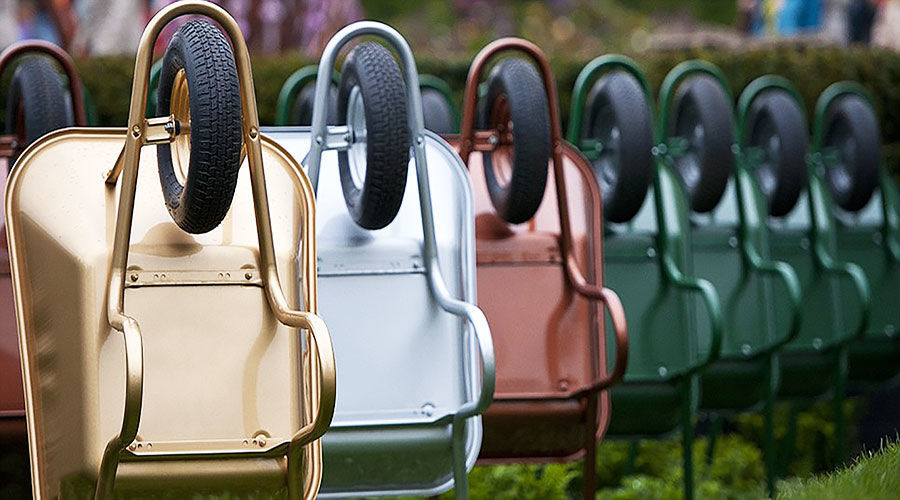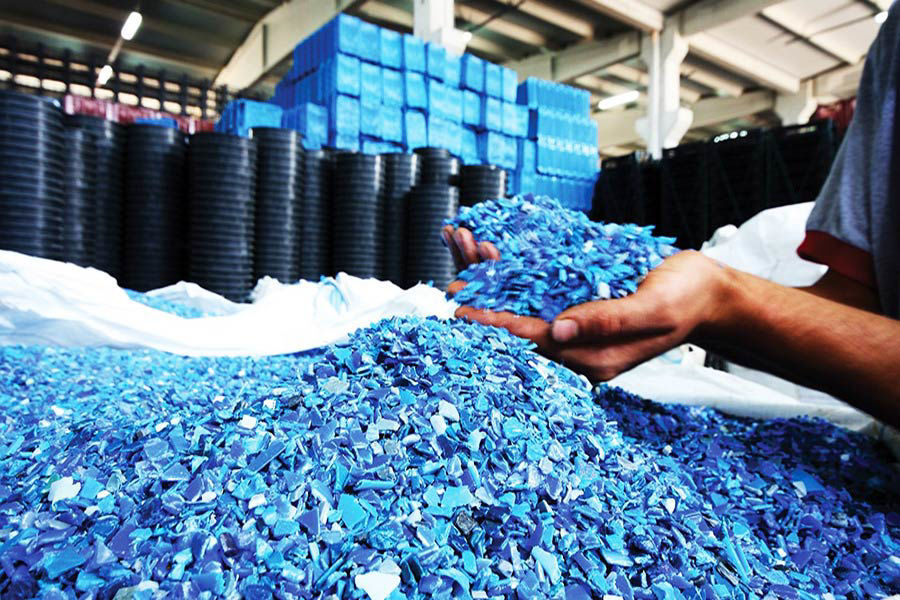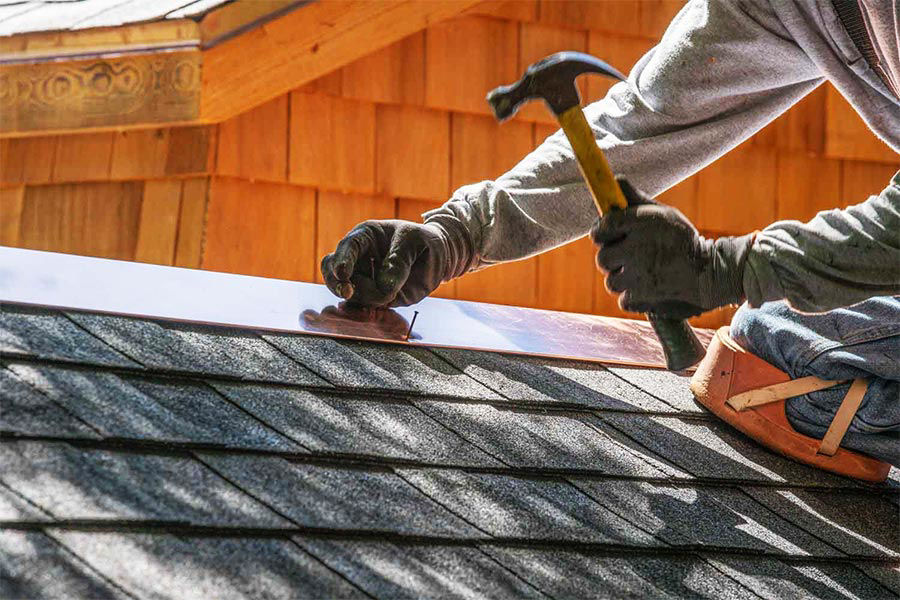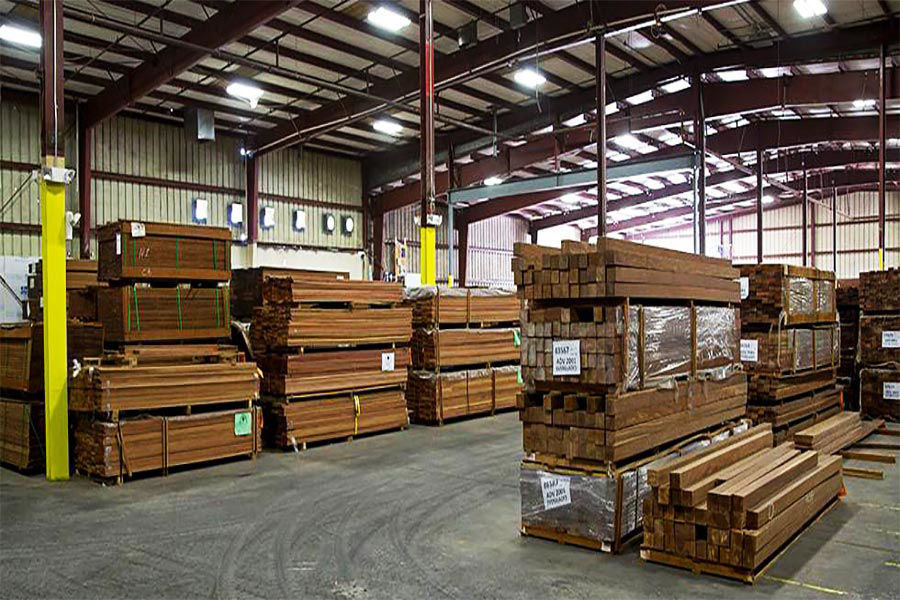03 Mar 2021
Remove Rust From Stainless Steel
Stainless steel is typically specified because of its ability to resist corrosion in a variety of environments. Unfortunately, stainless steel is not fully stain or rust-proof, it is just more resistant to corrosion that's why it's called stain less steel. Exposure to corrosive process fluids and cleaners, high humidity or high salinity environments such as sea water can remove the native protective layer (chromium oxide) and can cause stainless steel corrosion. Removing surface rust from surfaces improves the appearance, but it's importance goes beyond the decorative. Rust, left unchecked, can lead to pitting and structural damage to products and components and can impact the performance of instrumentation, contaminate flow paths, and impact reliability. How to Prevent Stainless Steel from Rusting We all know that corrosion, the process through which metals deteriorate, is very common in steel products. Most typically, we see corrosion in the form of rust, a red- brown brown substance formed through an electrochemical process involving water, oxygen and an electrolyte. Humidity in the air increases the incidence of corrosion, which is bad news for those of us living Florida. The good news, however, is that there are plenty of preventive measures available to stop corrosion from occurring. Here are few ways to beat the rust. Stainless Steel Rust Prevention Tips 1. Protective Coatings Steel corrodes through what is called “uniform attack corrosion.” This means corrosion occurs uniformly over the entire surface of the metal that is exposed. Equipping steel with a protective coating is one of the most effective ways to prevent uniform corrosion from occurring. The coating acts as a barrier between the steel and corroding agents such as rain, humidity, and salt. Preventative coatings, most of which are easy to apply, come in various forms and can be oil or water based. 2. Metal Paint Painting over a metal surface is one the easiest and most affordable ways to prevent corrosion. A layer of metal paint can serve as a protective barrier against moisture and other corroding agents. However, since paint itself is susceptible to chipping and deterioration, it is important to re-apply it whenever wear occurs. 3. Steel Lubricant Paint does not work as well on steel parts that move, such as hinges, joints, and bearings. Typically, painting over moving parts will cause them to stick and the paint will crack when the part is forced. This is where a water-based lubricant can come in handy. Along with allowing easy movement, a lubricant will also repel moisture that can cause corrosion. 4. Galvanized Metal Galvanization is the process of applying a thin layer of zinc to protect steel from corrosion. Because zinc is more chemically active than steel, it oxidizes when exposed to air allowing it to serve as a protective coating. The process of galvanization requires industrial chemicals and extremely hot temperatures. Therefore, only trained professionals should perform galvanization!





